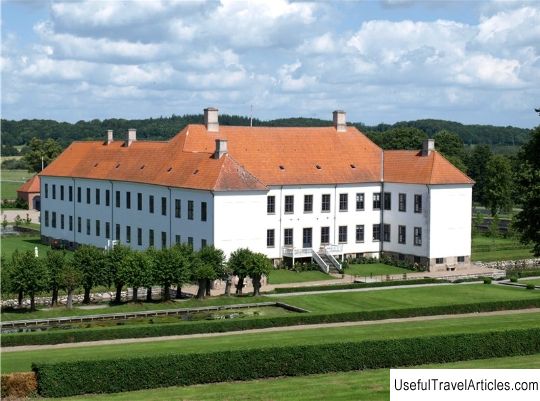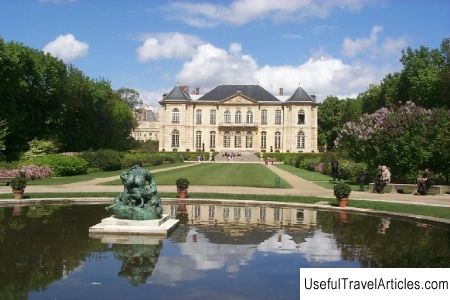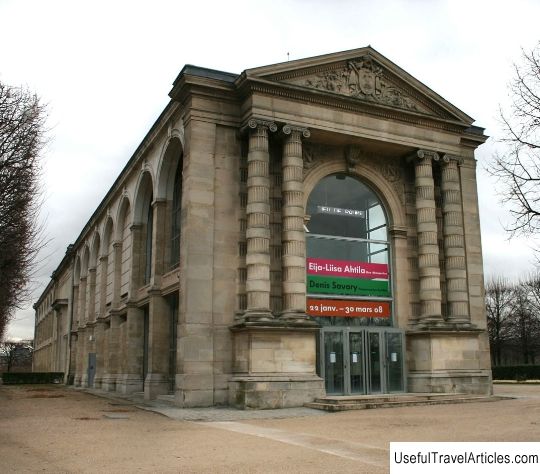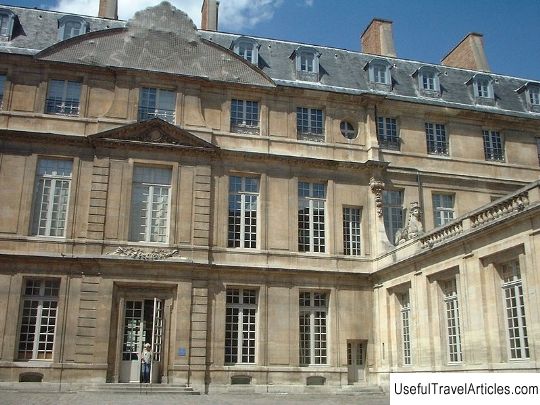Orangerie Museum (Le Musee de l'Orangerie) description and photos - France: Paris
Rating: 8,1/10 (930 votes) 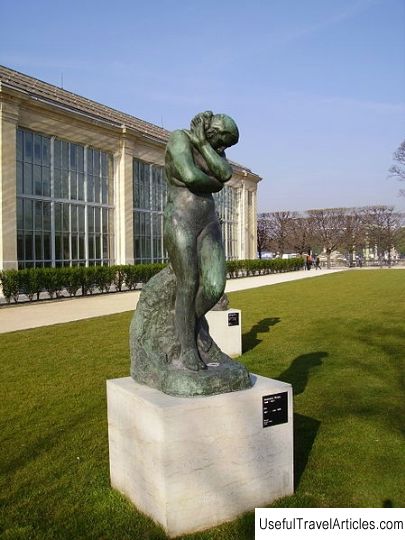
Orangerie Museum (Le Musee de l'Orangerie) description and photos - France: Paris. Detailed information about the attraction. Description, photographs and a map showing the nearest significant objects. The title in English is Le Musee de l'Orangerie. Photo and descriptionIf a tourist loves impressionism and post-impressionism, he simply must visit the Orangerie Museum. Here are paintings by Matisse, Cezanne, Renoir, Utrillo, Gauguin, Rousseau, Sisley, Picasso, Modigliani and other artists. The pearl of the collection is Monet's famous "Water Lilies". For decades, Claude Monet painted a pond with water lilies, which he planted in his garden in Giverny. Monet told me that once he realized how magical this pond looks like, and since then he has not written anything else. He created about 250 paintings in this series. By the end of his life, Monet was almost blind due to cataracts in both eyes, but continued to paint in a pond with water lilies. In 1922 he completed eight large-format panels, on which he depicted a pond at different times of the day. Panels, which the artist considered his spiritual testament, he offered as a gift to the French state in honor of the end of the First World War on the condition that they never share the paintings. The building of the former greenhouse in the Tuileries Garden was chosen to house them. This greenhouse was built in 1852 according to the design of Firmin Bourgeois for orange trees from the Tuileries. The building is the architectural twin of the Jets de Pommes ball court, built a year earlier and located in the other corner of the garden. Both the Jaet de Pomme and the Orangerie became museums, but not immediately. The greenhouse was used in a variety of ways: it served as a warehouse, and an examination room, and a place to accommodate mobilized soldiers. Exhibitions were also organized in it - mainly equipment, animals, plants. To place the "Water Lilies" here, the building had to be altered. The chief architect of the Louvre, Camille Lefebvre, with the help of Monet himself, developed plans for the reconstruction. Now " Water Lilies " occupy two connected oval halls, which in the museum are called the Sistine Chapel of Impressionism. Even natural light pours from above, the whole room is designed in pale gray tones, and on the walls - a riot of colors. People sit on sofas in the middle of the hall and contemplate, then they leave to inspect another part of the museum's collection, then return and admire the Water Lilies again.      We also recommend reading Monument to N. K. Roerich description and photo - Russia - Saint Petersburg: Saint Petersburg Topic: Orangerie Museum (Le Musee de l'Orangerie) description and photos - France: Paris. |

